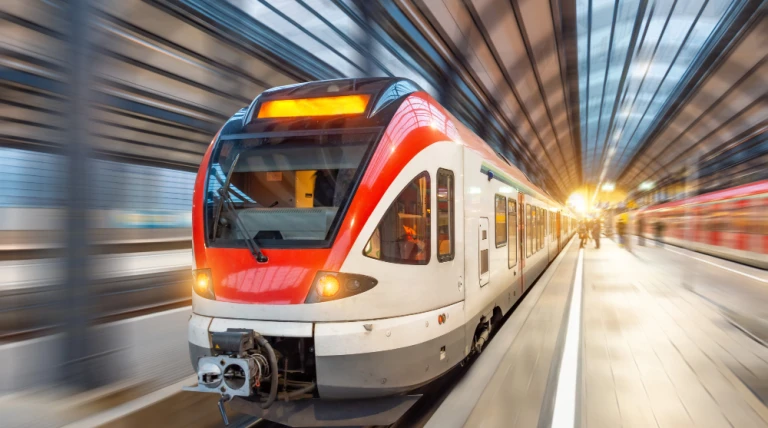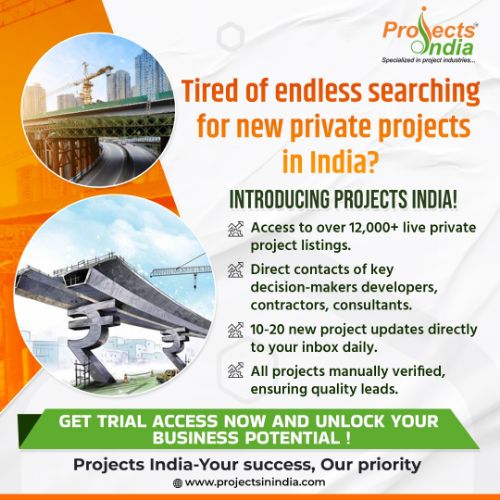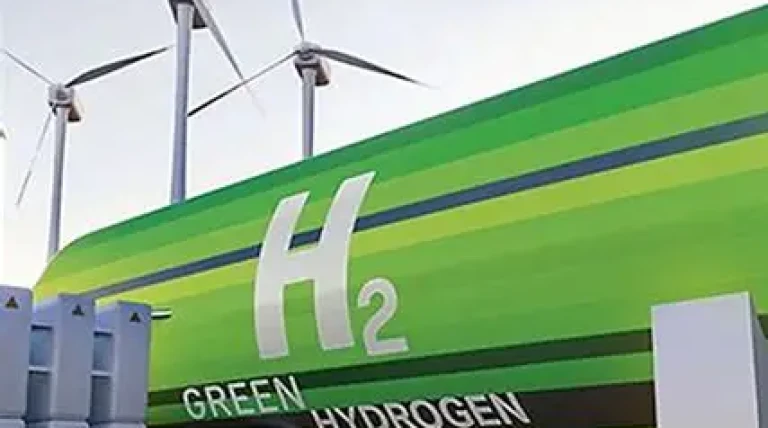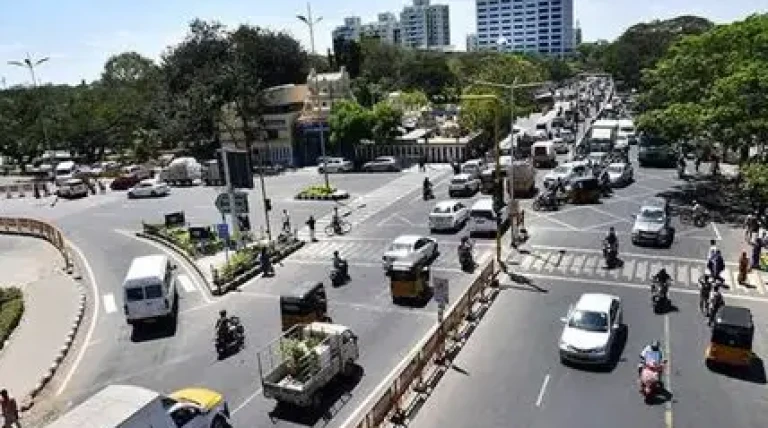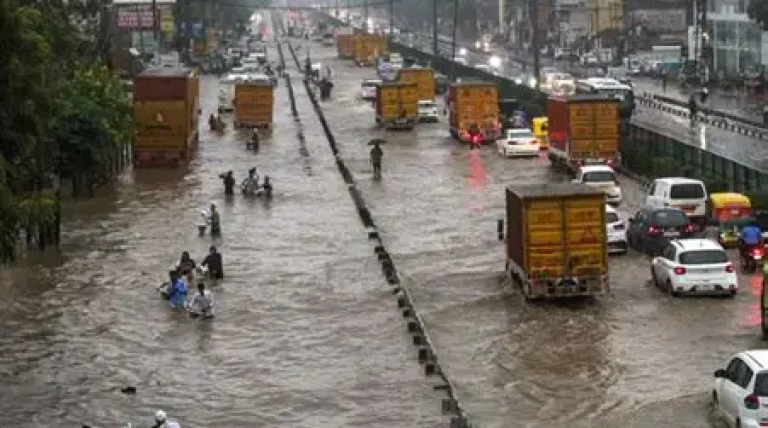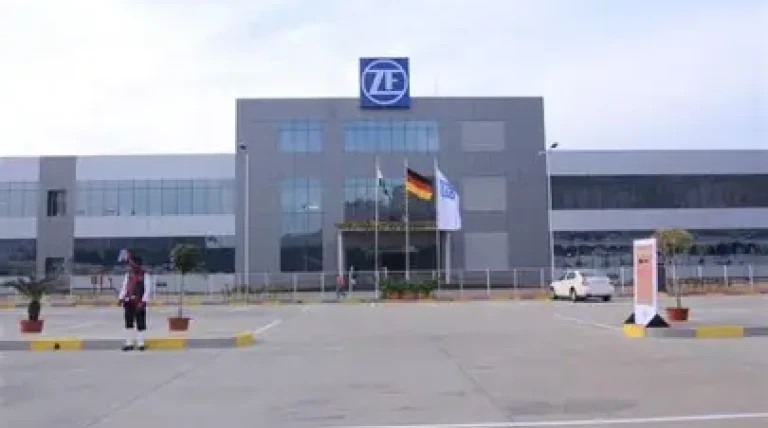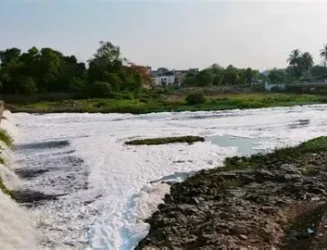National High Speed Rail Corporation Limited involves setting up a high speed rail corridor (bullet train) in length of 508 km between Mumbai-Ahmedabad in India.
Cost of this project - 108,000 Crores.
Involved Contractors:- Larsen And Toubro Limited (L&T), Afcons Infrastructure Limited & Hindustan Construction Company Limited.
Involved Consultants:- Rites Limited, Nippon Koei India Private Limited & Oriental Consultants Global Private Limited.
Architects:- Aarvee Associates.
Proposed high speed rail corridor will pass through Thane Creek in Mumbai. Since this area is a protected sanctuary for flamingo and nearby mangroves, rail tracks will be made undersea through a tunnel, thus ensuring no disturbance to existing ecosystem. This tunnel will be longest rail transport and 1st undersea tunnel of India. Tunnel will be a single tube with 13.2 meters diameter to be executed by both NATM and TBM methods in different sections. An underwater static refraction technique was used for the survey work and is now completed.
High Speed Rail Training Institute, Vadodara is being set up alongside National academy of Indian Railways (NAIR), Vadodara. This training institute will be the training ground for all NHSRCL staff. Officers/staff trained in Japan along with Japanese experts will impart training at this institute.
It is aimed that High-Speed Rail Training Institute, Vadodara will serve as a back bone for future development of other High-Speed Corridors in India.
Light detection and ranging (LiDAR) is adopted for the 1st time in a railway project in India primarily because of its high accuracy (100 mm). This technique uses a combination of Laser data, GPS data, flight parameters and actual photos to give accurate survey data. This data is then used for design of alignment of high speed rail corridor.
Approximately 92% of the high-speed railway tack will be elevated through viaducts (as shown in the image) and bridges. Out of 508.09 KMs distance, 460.3 KMs (90.5%) will be viaduct, 9.22 KMs (1.8%) e on bridges, 25.87 KMs tunnels (including 7 KM long undersea tunnel) and 12.9 KMs (2.5%) will be on embankment/Cutting.
There are many benefits of an elevated track. Most importantly, this will ensure no obstruction to natural flow of waters. It provides crossing at all places, sufficient clearance of 5.5 m (i.e. highest for roads) is available over existing road network, greatly improves safety and security perception against external interference and also reduces land requirement (17.5 m width against 36 m for conventional railway tracks).
News by Rahul Yelligetti
![{[setting('site_name')]}](https://projxnews.com/uploads/setting/16983847711140531930.webp)
